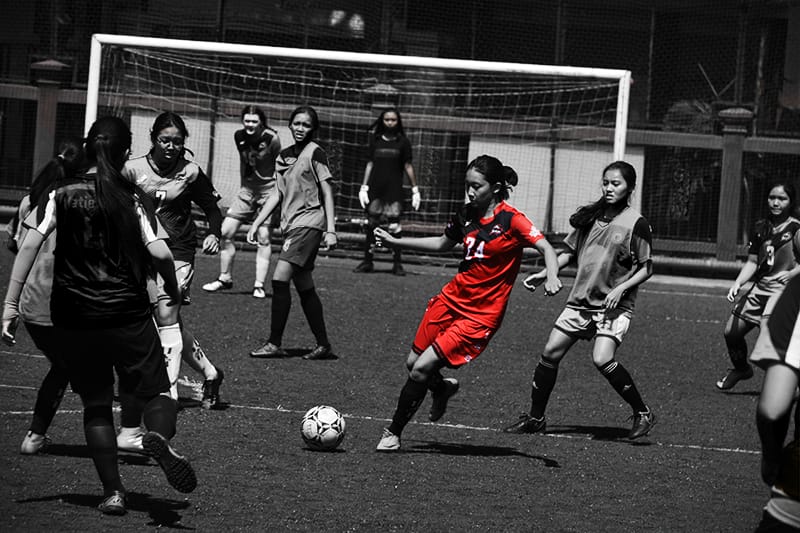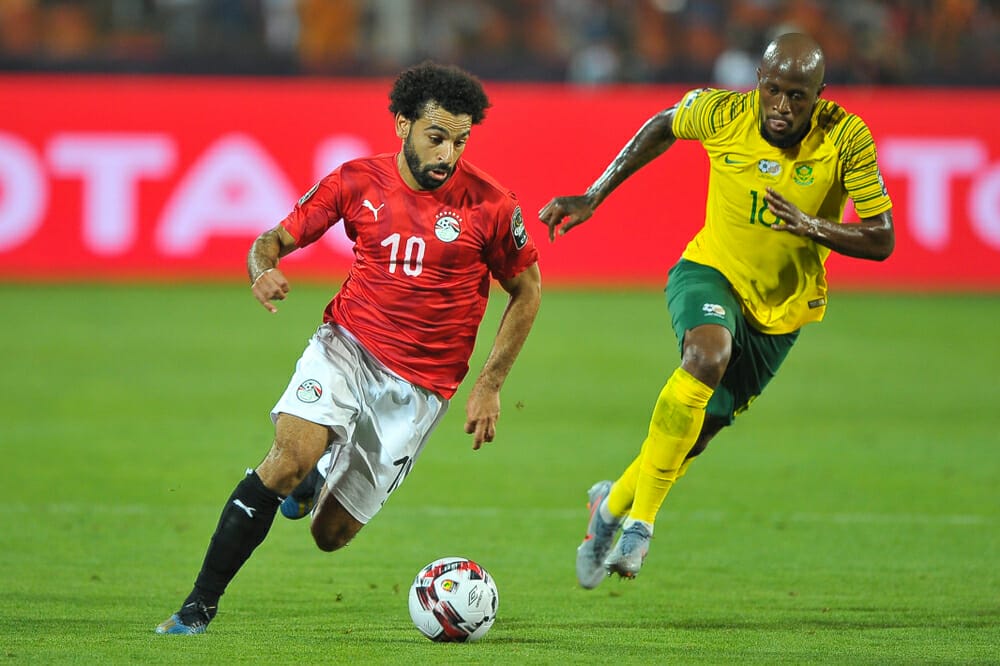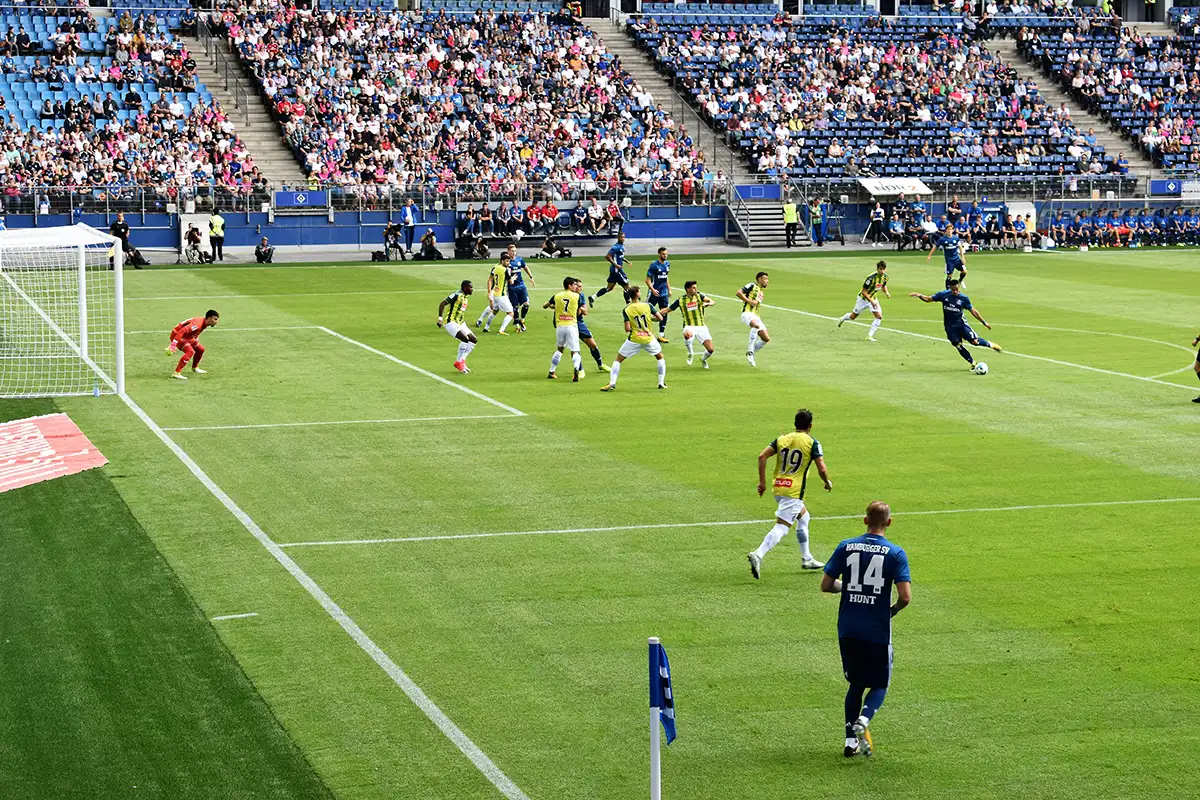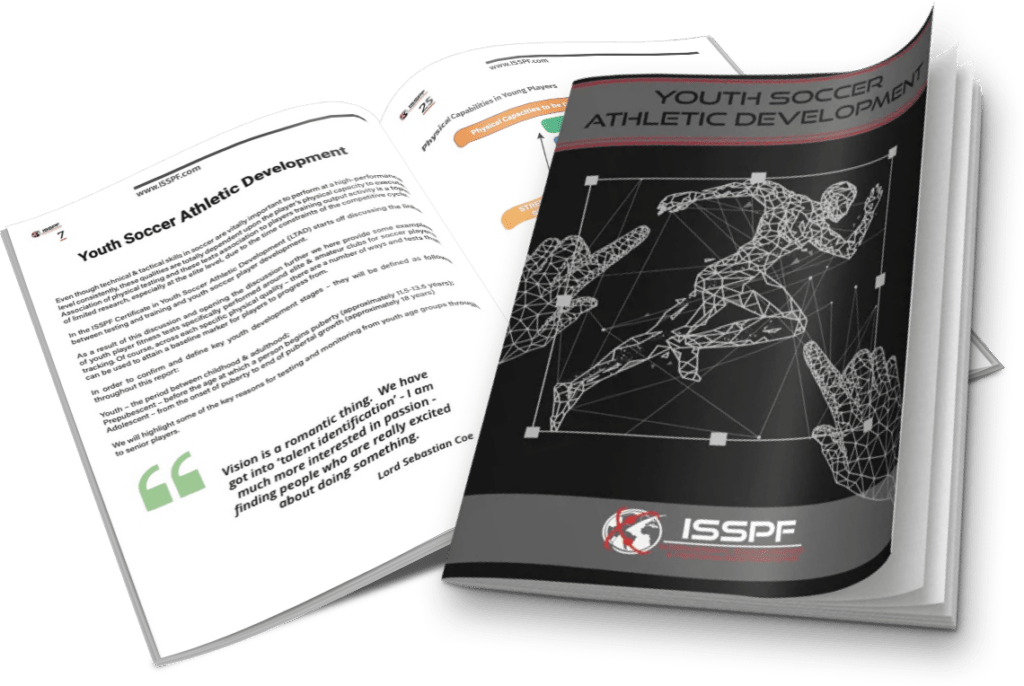ISSPF FACULTY MEMBER PUBLICATION
Matthew Newton (2019)
This review examined the methods used to monitor external and internal training loads in elite-level soccer and their relationships with injury risk. Due to the significant financial and performance burden of injury incidence in professional soccer, recent research has focused its attention upon understanding the relationship between training load and injury risk.
Training load is multifaceted, therefore in order to facilitate our understanding of it, load is commonly broken down into two sub-categories, the external and internal training load.
What Does Monitoring Improve?
Monitoring external training loads provides practitioners with an objective comprehension of a player’s physical capabilities. It also allows insights into their outputs in response to prescribed training load, irrespective of their physiological response.
The quantification of physical outputs has simplified in recent years due to the advancement in load monitoring technologies and has therefore provided more insight into the relationship between movement patterns and muscular injuries.
Monitoring the internal training load provides practitioners with an understanding of a player’s physiological and psychological response to a physical stimulus.
The Benefits of HR Monitoring
Monitoring methods such as HR monitoring, subjective questionnaires and biochemical analysis allow practitioners to measure levels of determinants of injury risk such as stress, fatigue and muscular damage that can predispose players to greater risk of injury.
Although studies have examined the plausibility of integrating internal and external training loads in relation to fitness outputs in professional soccer, future research should explore its relationship with injury risk.
It may provide greater scientific insight into injury aetiology in elite-level men’s and women’s soccer.
Practical Application
- Soccer teams across the world tend to monitor both internal and external loads when trying to physically manage their soccer players with the focus of reducing injury rates & maximising performance.
- Training load management maybe possible through the integration of both load monitoring tools, in order to give a more rounded view of the player state & wellness pre- and post-training.
Share this article:








